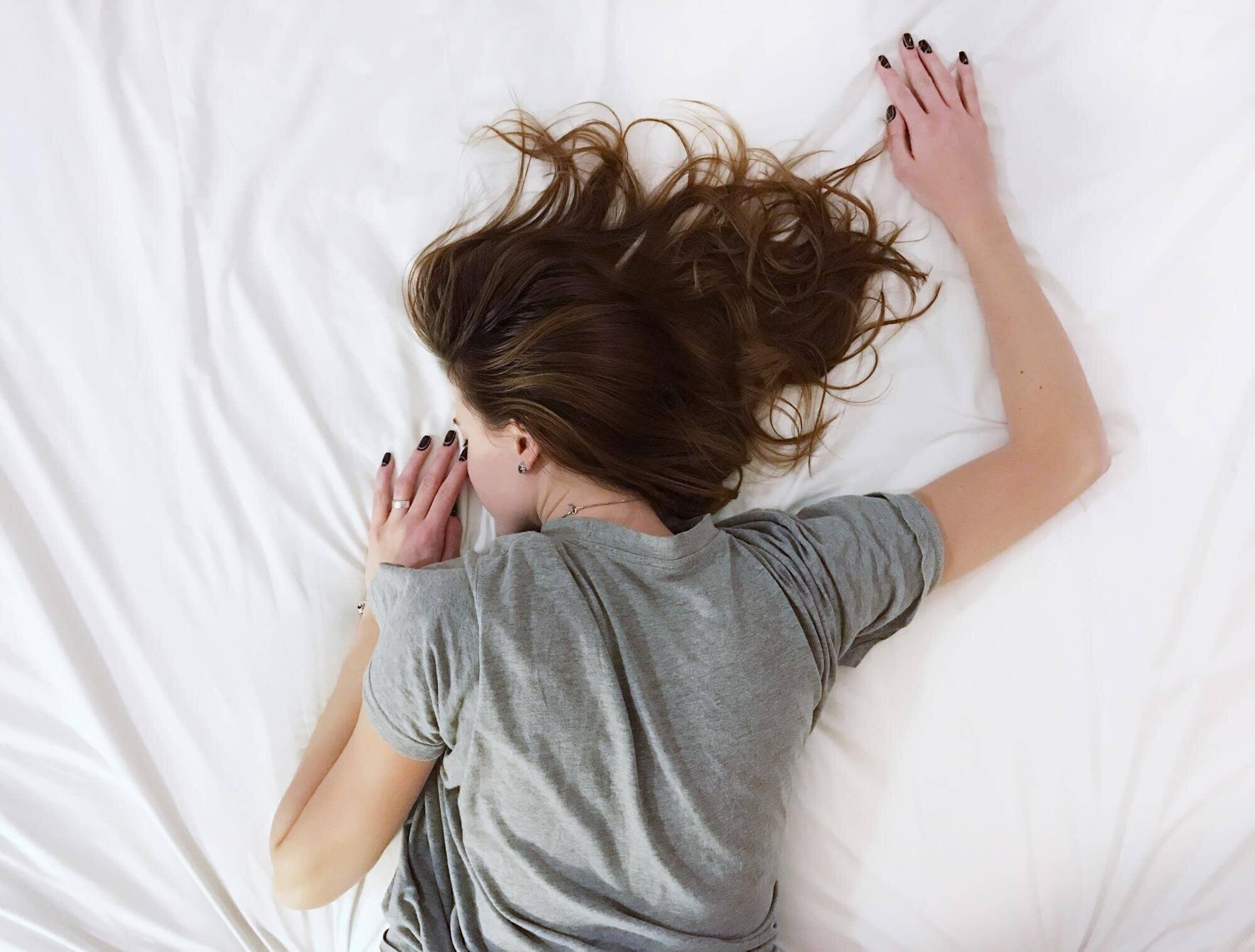The Best Sleeping Position For A Good Night's Sleep
The average person spends about 26 years of their lives sleeping. So while it may not be top of mind when you think about sleep, it’s really important to make sure that your sleeping position is right for you. Imagine spending 26 years in a position that causes you pain!
Different positions have different benefits, many relating to how your body and spine is aligned during the night. If you’re struggling with pain, you might need to train your body to find a new position. But remember, the best position is most likely the position you feel most comfortable in. As long as you’re not waking up with pain and soreness in the morning, you want to find a position that helps you ease into sleep.
On your back
Sleeping on your back is widely considered one of the best sleeping positions for protecting your spine and relieving hip and knee pain. This is because gravity keeps your body in even alignment, reducing any unnecessary pressure on your joints. For people who already suffer from back pain, adding a pillow behind the knees can help support the natural curve of the back and relieve any pain.
For those suffering from sleep apnea or snoring, however, sleeping on the back can be problematic. That’s because gravity can cause your tongue and jaw to drop back towards your throat, narrowing your airways.
On your stomach
This is probably the worst position you can sleep in. While it’s great for people with sleep apnea or who snore, this position can cause neck and back pain and add strain to your muscles and joints,
When you sleep on your stomach with your neck turned, you're stretching your neck muscles for a really long time. You’re also likely extending your neck backwards and compressing your spine. If you then happen to bring your leg up to one side, it can further twist your hips and lower back, leading to more pain.
On your side
One of the most popular sleeping positions, sleeping on your side can reduce joint and lower back pain and help reduce snoring. It’s also believed that sleeping on your side is good for your gut health, and can ease issues such as heartburn, constipation and bloating. Although there’s not a great deal of medical evidence to back this up, researchers have theorised that lying on the left side keeps the stomach and its gastric juices lower than the esophagus while we sleep. In fact, some people believe lying on your left has a range of benefits. Although you might think your body is symmetrical, internally, our organs are not. The way they’re positioned means lying on our left side may be optimal for helping our bodies process waste.
However, there are some cons to side-sleeping. Side sleeping can put pressure on the shoulder, as well as push it up towards the neck, causing neck and shoulder pain. It might also cause tightness in the jaw. If you’re a side sleeper, a firm pillow and mattress could minimise the risk of your shoulders sinking into the mattress and causing misalignment of the neck and spine. Check out more information on how to choose the best pillow.
The fetal position
The fetal position - sleeping on your side with your legs curled up to one side - is one of the most popular sleeping positions.
The fetal position allows your spine to rest in its natural alignment, and can help reduce lower back pain and snoring. The position is also said to be good for pregnant women because it may improve circulation and prevent your uterus from pressing against your liver.
However, if you like sleeping in the fetal position, make sure you keep it relatively loose. Otherwise a tight fetal position can strain the muscles and joints or limit deep breathing.
Can you train yourself to sleep in a different position?
You can gradually train yourself to sleep in a different position to the one you’re accustomed to. If you’re regularly waking up sore from a night on your stomach or side, and want to train yourself to sleep on your back, you can do this by placing pillows on both sides of your body, and one under your knees. This should keep you from flipping back over to your stomach during the night.
Another more extreme option, if pillows don’t work for you, is to sew a tennis ball into the lining of your pajamas on the side you don’t want to sleep on. The discomfort from the ball will stop you rolling over.
However, in the end, it all comes down to comfort. You may find that sleeping in a new position is hard to commit to, simply because it doesn’t feel right. If you think sleeping in a different position could help you get a better night’s rest, then by all means, go for it. But if the new position comes at the cost of you feeling comfortable enough to fall and stay asleep, then it’s probably not worth it.
If you’re experiencing persistent disruptions to your sleep, consult with a pharmacist or trusted medical professional to discuss possible solutions.
Any advice provided in this content is of a general nature and does not take into account your objectives, health or needs. The information in this post is not intended to substitute medical advice, diagnosis or treatment and should not be exclusively relied on to diagnose or manage a medical condition. You need to consider the appropriateness of any information or general advice we give you, having regard to your personal situation, before acting on our advice or purchasing any over-the-counter sleep product.

